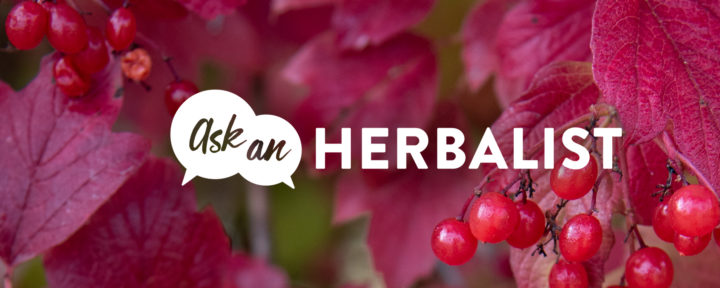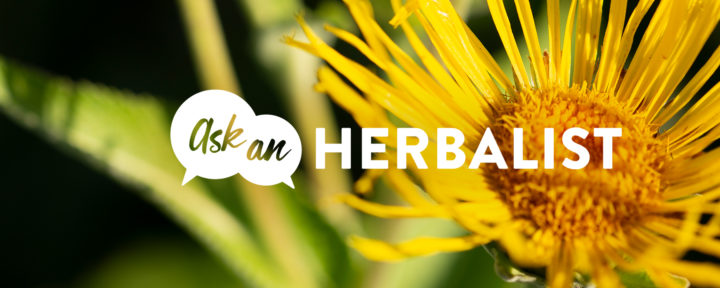We love talking about herbs and herbalism, and we especially love answering your questions about those topics. That's why we brought in our team of herbal experts to respond to some of the most common questions and concerns we hear.
Our herbalists have decades of combined experience working with herbs — and the people who take them. They answer your most pressing questions, in our regular column “Ask an Herbalist.”
When you are in the beginning of your herbalism journey, you may wonder why herbalists use certain plant parts instead of others. Why not just use the whole plant? Usually a plant is harvested then garbled, meaning the most useful plant part(s) are separated while the remainder of the plant is composted. But how do we know which parts are the most useful?
The most obvious reason is that a certain plant of the part has been used traditionally for as long as we know. In some cultures, such information was passed down through word of mouth from generation to generation and never written down. This is how we know that Kava (Piper methysticum) was used in social ceremonies and religious rituals by indigenous cultures of the South Pacific, dating back 3,000 years ago.
Elsewhere, herbalists wrote about plants in ancient herbal texts, which meant future generations of practitioners could refer to those herbal preparations. Dating back to 1500 B.C., the Papyrus Ebers was an Egyptian text written in hieroglyphs that included information about herbal traditions.
In addition, specific parts of a plant may contain more of the desired phytochemical(s) than other parts. For example, polysaccharides are starches found in plants, and they are usually concentrated in roots. This is where plants store their own food and nutrients. The root of Astragalus (Astragalus mongholicus) is used in herbalism, while the rest of the plant is generally not used.
In other cases, desirable phytochemicals may be found throughout the entire plant, in which case the whole thing can be used. We harvest everything from flower to root for the extracts we make of Istanbul Poppy (Eschscholzia californica).
Certain parts of the same plant may also be used for different preparations. Herbalism often makes use of less appreciated or well-known plant parts of common foods. We use Artichoke leaf (Cynara cardunculus), Celery seed (Apium graveolens) and Corn Silk (Zea mays) in herbalism, whereas the Artichoke bud, Celery leaf stalk and root and Corn fruit are used as food.





